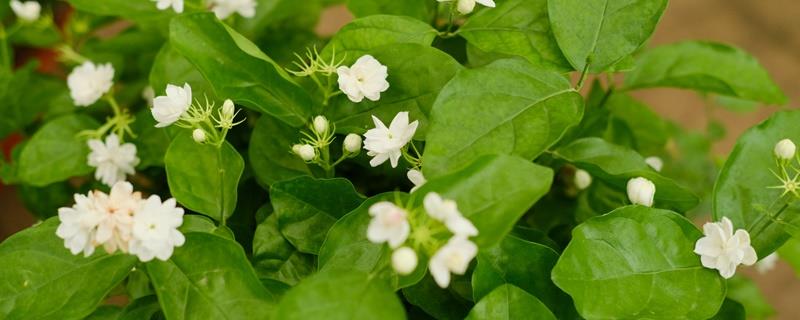How to grow papaya
Last Update :2024.04.24
Article Catalog
Soil: It is recommended to use loose, fertile, slightly acidic sandy or alluvial soil for cultivation. Light: It has high lighting requirements and sufficient light should be ensured every day. Temperature: The average annual optimal temperature suitable for its growth is 22-26°C. Watering: Keeping the surrounding environment moist is beneficial to its growth. Watering should be done in time during drought periods in summer. Fertilization: Because it requires more nutrients to grow, it needs to be fertilized regularly during breeding.

1. Soil
1. Soil
Papaya has strong adaptability to soil, but it is best to use loose, fertile, weakly acidic sandy or alluvial soil. The soil should be loosened frequently to maintain soil permeability. The most common way is to apply sulfate fertilizers to the soil, such as ammonium sulfate, potassium sulfate, etc., which can slowly acidify the soil.
2. Lighting
It has higher lighting requirements, and sufficient lighting should be ensured every day. When cultivated under insufficient light conditions, the stems are thinner, the internodes and petioles are longer, the leaves are thin, and the flower buds are underdeveloped. However, during the high-temperature and strong-light seasons of July and August, appropriate shade should be considered to prevent the fruit from being sunburned and affecting its quality.
3. Temperature
It prefers a warm climate, and the best annual temperature suitable for its growth is 22-26°C. Growth tends to be slow when the temperature is around 10°C, young organs begin to suffer frost damage at 5°C, and leaves wither at 0°C. Too high a temperature is also detrimental to growth and development.
4. Watering
Keeping the surrounding environment moist is beneficial to its growth. Watering should be done in time during drought periods in summer. Diversified methods such as sprinkler irrigation and drip irrigation can be used. Irrigation is recommended if conditions permit.
5. Fertilization
Because its growth requires more nutrients and trace elements such as CA and K, regular fertilization is essential. It is recommended to pour livestock manure or decomposed cake fertilizer once every year in early spring and before winter to make it grow robustly.
VI. Precautions
1. Cultivating and weeding should be carried out 4-5 times throughout the year, thereby greatly increasing the permeability and nutrient supply of the soil and contributing to its growth. grow.
2. The main pests are red spiders and snails. Pesticides should be sprayed regularly and regularly to control pests.
2. Lighting
3. Temperature
4. Watering
5. Fertilization
6. Precautions
- END -
The most fragrant flowers in indoor pots

1. Jasmine: Jasmine has a fragrant smell. It has a rich floral fragrance and is no...
How long does it take for orchid buds to bloom? What should I do if they never bloom after growing b

The time it takes for different varieties of orchids to grow from buds to blooming...